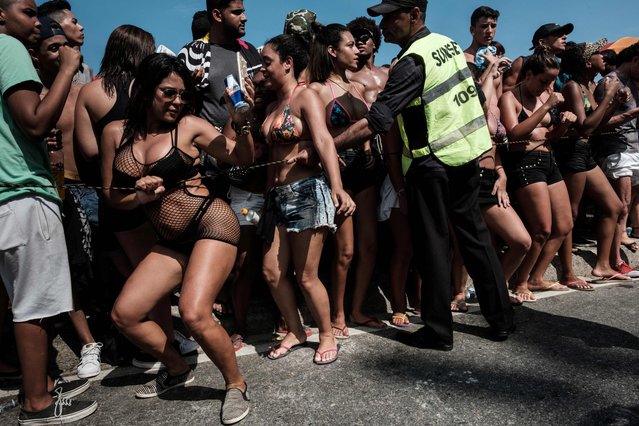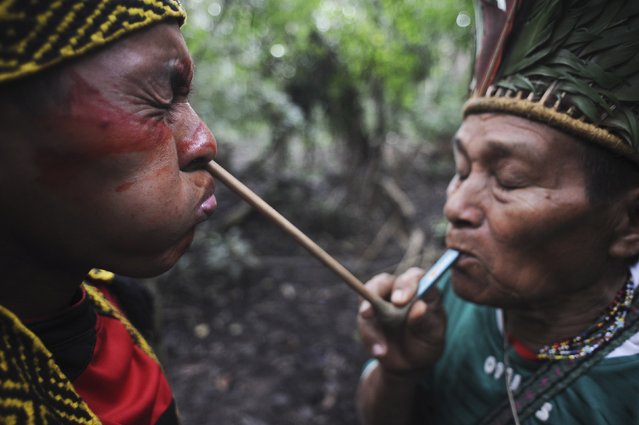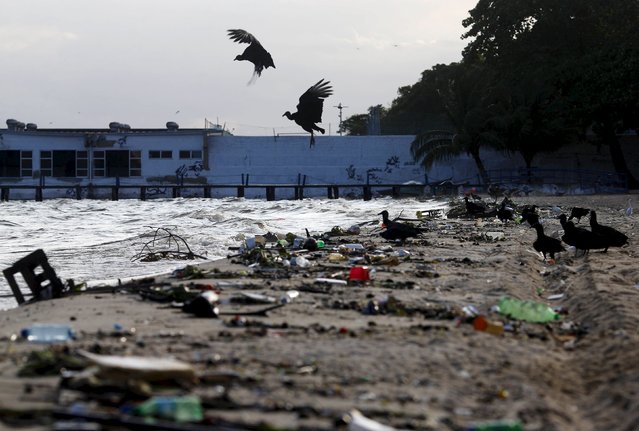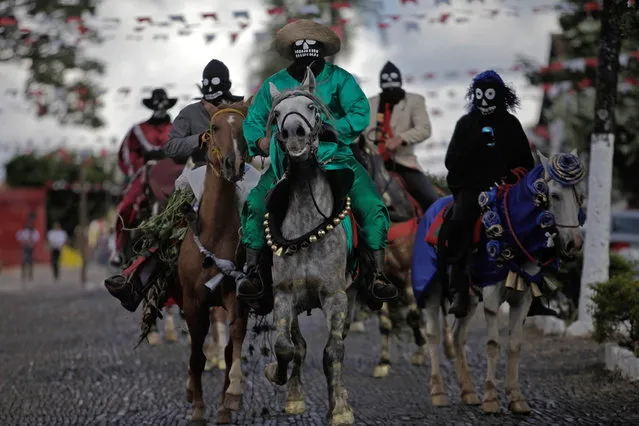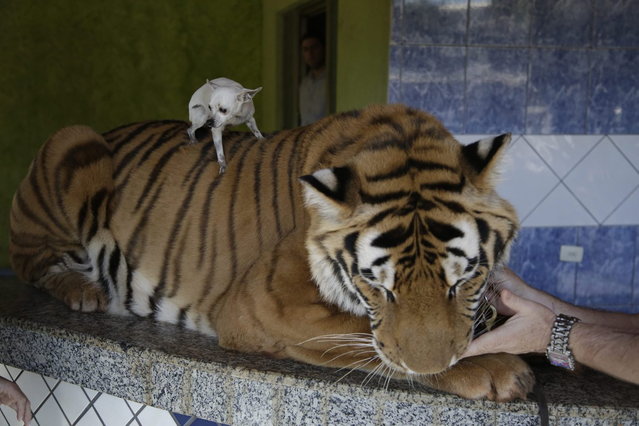
A competitor poses on the catwalk during the Miss Bumbum Brazil 2016 pageant in Sao Paulo, Brazil on November 9, 2016. Fifteen candidates compete in the annual pageant to select Brazil's sexiest female rear end. (Photo by Miguel Schincariol/AFP Photo)
14 Nov 2017 07:51:00,post received
0 comments


